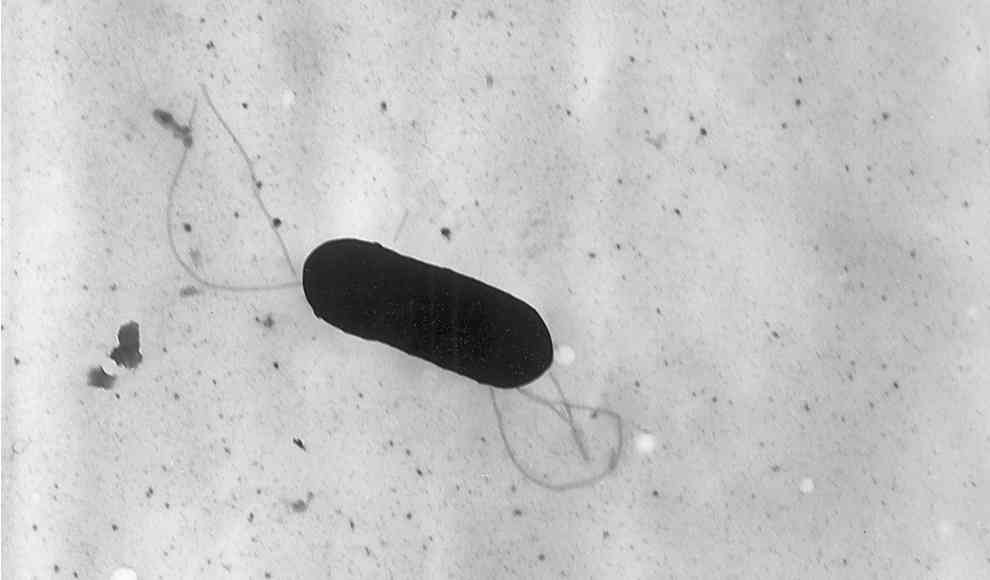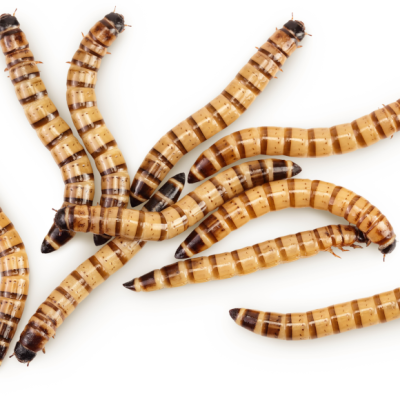A new, highly virulent strain of the deadly foodborne pathogen Listeria monocytogenes has been discovered in China. Listeria is one of the most dangerous foodborne pathogens, causing the infection Listeriosis, which can lead to death in around 30% of cases. The bacteria is commonly found in meat, fish, seafood, raw milk products, packaged salads, and other foods. The disease can cause organ damage, meningitis, and sepsis, and is particularly dangerous for seniors, people with weakened immune systems, and young children. Listeriosis is also problematic because symptoms often do not appear until two months after infection, making it difficult to identify the source of the bacteria and issue a recall.
An international team of scientists, including researchers from Justus-Liebig-University in Germany, discovered the new strain, named HSL-II, in goats and sheep. The bacteria has a completely different surface structure and a range of unique genes, which it acquired by copying foreign genes from other Listeria species. The new strain is particularly effective at colonizing cells in the gut and aggressively infects other organs such as the spleen, lymph nodes, and liver. Fortunately, the new strain can still be treated with common medications, although it has developed resistance to the antibiotic Clindamycin.
The scientists are calling for increased monitoring of Listeria to prevent the spread of the new strain and other highly virulent strains. They emphasize the need for international cooperation to identify and address emerging threats to food safety. The discovery of this new strain highlights the urgency of identifying and addressing emerging threats to food safety, particularly those caused by highly virulent strains of bacteria.









